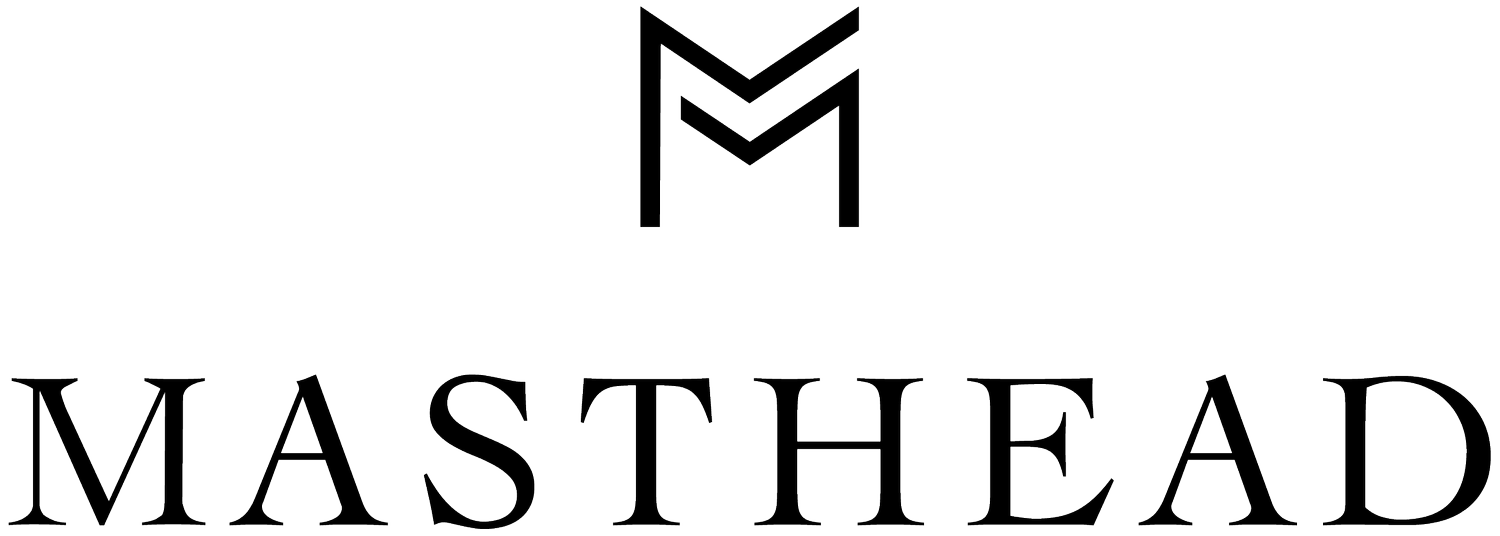Is the Content Marketing Funnel... a Pinball Machine?
I read something on LinkedIn the other day that really stuck with me:
The customer journey isn’t a funnel anymore—it’s more like a pinball machine.
That really rang true for me. We have so many ways to discover content, audiences today aren’t moving through a conveniently shaped path starting with Google and ending in your website. They’re diving in everywhere, bouncing between Reddit threads, AI tools, influencer posts, email newsletters, and product reviews, often long before they ever land on your website (if they get there at all).
As we head into the second half, this less predictable new journey demands a smarter strategy. The last thing we need is more content, but we do need a lot more clarity. Here are three questions every marketing leader should be asking themselves right now:
Do I really understand how our audience discovers my brand right now, today?
Forget what you know during the golden era of Google. Are you putting out the right signals across the digital ecosystem so you show up in AI search? What’s influencing brand perception across social? If you can’t clearly sketch out all of the places people learn about you (both bad and good!), it's time to grab a pencil.
Are we building trust before the click?
In the era of owned content, we used to be able to control the narrative about our brands a lot better. Now, third-party content—like media coverage, user forums, and community conversations—matters more than ever. If others aren’t talking about you, AI likely isn’t either.
Do we have a real plan for how content gets made in a Human + AI world?
Most teams are dabbling with AI—but very few have a documented strategy for how human creators and AI tools work together. Who handles what? How do you train hybrid teams on brand voice, brand objectives, and creative standards that scale? The future of content isn’t just about what we publish—it’s about how it gets made. And if you haven’t formalized your approach yet, you’re not behind… but someone else on your team—or outside your company—will step in and define it for you.
